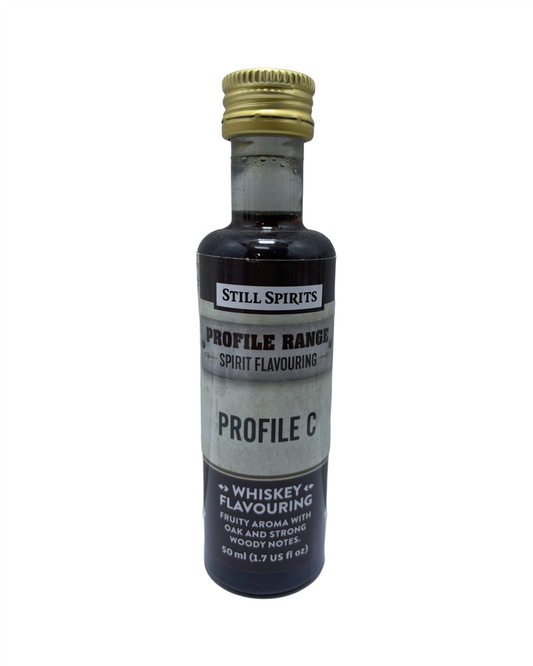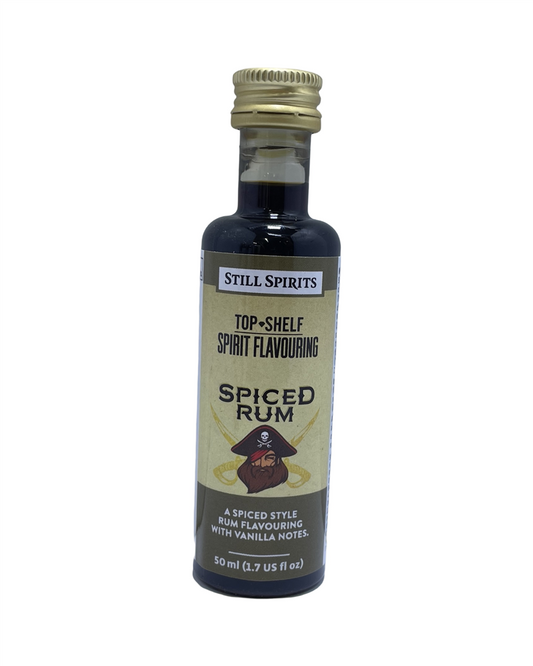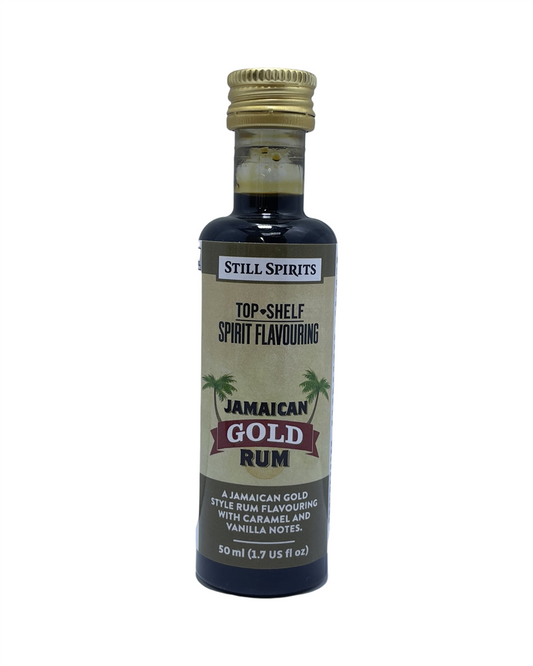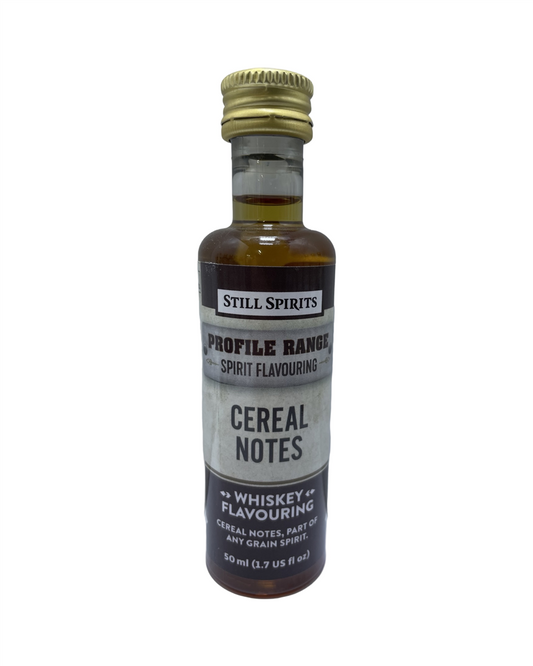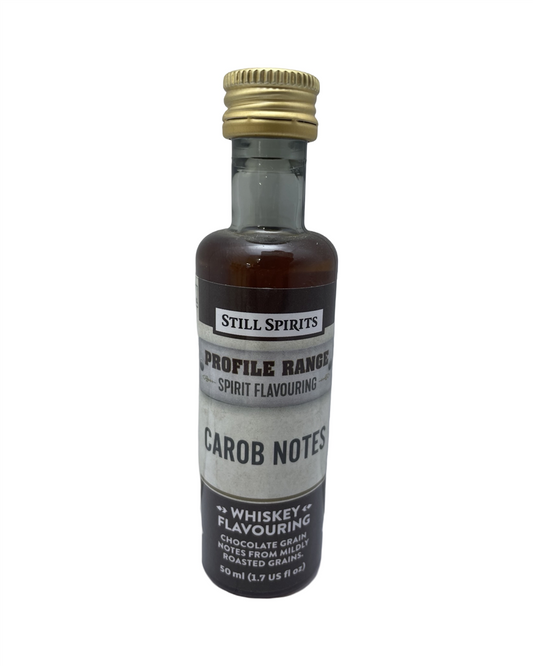Still Spirits fans, if your shed’s got heart—you’ll want to avoid these rookie moves.
Share
The Surprising Rules (And Risks) of Crafting Spirits At Home
Before you fire up your still or even crack open that yeast sachet—slow down. There’s a lot more to home distilling than meets the eye, and a few rookie missteps can cost you more than just a ruined batch. This is for the curious hands and backyard shed brewers ready to get serious—but not burnt (literally or legally). Let’s get stuck into the do’s and don’ts of home distilling that every beginner should have etched on their fermenter lid.
What’s Legal? What’s Not? Start Here Before You Start Distilling
In Australia, it is legal to own a still up to 5 litres for water or essential oil distillation, but illegal to distil alcohol for consumption without the proper permits—even if it’s for personal use.
“Just because your mate heard it on a forum doesn’t mean it’s legit. Know the regs before you light the burner.”
— Candeece
If you’re keen on learning the craft for practical knowledge or future plans, you can still get the gear, understand the process, and use flavouring kits or non-alcoholic bases to experiment. But if you're looking to make full-proof spirits at home, check with the ATO and get the proper licensing first.
DO: Start Small and Simple
Those shiny 35L reflux stills sure look impressive, but they’re not where beginners should start. One clean fermentation mistake can ruin your enthusiasm. Stick with a basic 5L system (totally legal for non-alcoholic use) or use spirit essence kits added to neutral bases to build your flavour knowledge without any risky ferments.
- Use an easy gin or rum essence and focus on flavour before jumping to distillation.
- Stick with kits designed for beginners—the instructions matter more than the lid colour.
Think of it like building a smoking BBQ. No one starts by welding a reverse flow pit from spare trailer parts. You get yourself a Weber, master fire control, then go big. Same here.
DON’T: Wing It with Water and Temps
This isn’t cooking where “just throw it in” can get you by. With distilling, precision is everything. Temperature control, water filtration, and fermentation cleanliness all affect the final outcome. Don’t cut corners here.
- Use filtered water to avoid off-flavours from minerals or chlorine.
- Monitor your temps—too hot and you’ll extract unwanted compounds; too cold and it stalls.
- Clean like a surgeon. Sanitisation isn’t optional, it’s survival.
One sticky fermenter lid and it’s goodbye smooth gin, hello sour disaster. Little habits make big differences.
DO: Learn Your Cuts
Heads, hearts, and tails. Not a footy team, but terms that separate a clean spirit from something downright awful (or dangerous). When distilling, you’re separating alcohol fractions that burn off at slightly different temperatures.
“Most of the bad stuff comes out early—methanol, acetone, you name it. That’s your heads. Toss them.”
— Candeece
Hearts are what you want to keep, and the tails get cloudy and taste like wet cardboard. Sounds grim? It is—until you learn to nail those transitions.
Even if you’re not distilling yet, understanding the concept gives you major cred and gets you ready for the future.
DON’T: Fall for Garage Floods and YouTube Myths
There’s a tsunami of well-meaning but seriously questionable advice out there. From bottling straight after distillation (nope) to reusing suspect yeast (double nope), you’ve got to filter your sources as thoroughly as your spirits.
Stick to communities and stores that know their stuff. If you wouldn’t take baking advice from someone who’s never turned on an oven, don’t trust brewing advice from folks who can’t tell vodka from kerosene.
DO: Focus on Flavour, Not Firepower
The best spirits aren’t measured by burn—they’re judged by aroma, texture, and taste. Over-proof doesn’t mean better. It means fuel. Some of the best batches we’ve seen were smooth, balanced, and full of character—not heat.
- Use spirit flavouring kits to explore profiles like Tennessee whiskey, spiced rum, or dry gin without needing to distil.
- Tasting trumps strength. If it goes down smooth and brings a smile, you’re on the money.
The shift comes when you stop trying to keep up with ABV bragging rights and start dialling in the drop your mates keep asking for by name.
DON’T: Store Bottles Like Tomato Sauce
Where and how you store your finished spirit matters just as much as how you made it. Direct sunlight, fluctuating temperatures, and dodgy containers all mess with your flavour and shelf life.
- Store in cool, dark places. Just like good wine, spirits need stable conditions.
- Use proper bottles and seals—no leaky lids or reused soda bottles.
- Label every batch—date, flavour, technique. You’ll thank yourself.
Every batch is a note in your brewing journey—write clearly and you’ll trace your growth when you finally nail that legendary recipe.
Here’s the Bottom Line
Your shed isn’t a science lab, and distilling isn’t about pushing buttons and praying. It’s about understanding the craft—playing the long game with patience, respect, and a bit of shed pride. The best brewers and distillers? They’re not chasing shortcuts. They’re building traditions.
So take your time. Get the flavour right. And when you finally hand someone a bottle and say, “I made that,” it doesn’t blow their socks off with heat—but knocks their tastebuds out with class.
Cheers to clean runs, curious minds, and damn fine drops.
— Candeece

Stay Connected
Join our homebrewing community: Beer and Barrel Society on Facebook
Follow our Facebook Page: Strathalbyn H Hardware on Facebook

